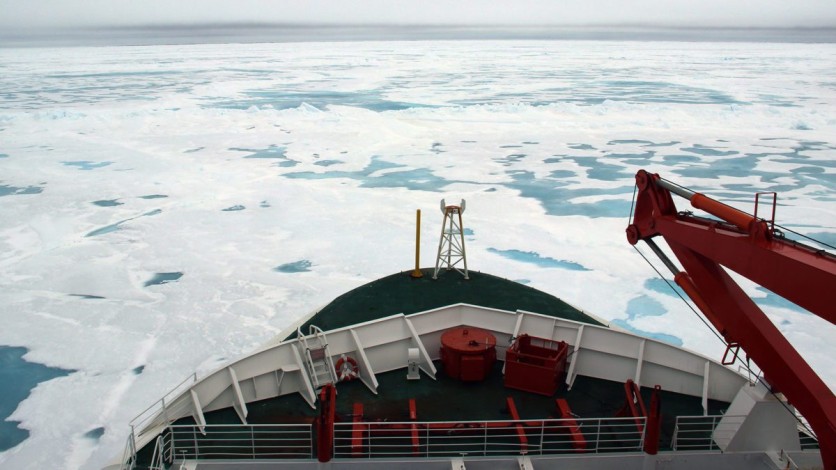A hydrothermal vent was found in the Arctic Ocean in 2014, and it was given the name Aurora hydrothermal system by scientists at the Woods Hole Oceanographic Institution (WHOI).
Five years later, a follow-up mission to the location found that the hydrothermal system may contain information about the existence of life on other planets and their moons, as reported first by Interesting Engineering.

Ocean Floor Hydrothermal Vent
Ocean floor hydrothermal vents are not a new discovery. Each major ocean in the globe has hundreds of these vents, according to oceanographers.
Hence, when the WHOI researchers discovered the Aurora Hydrothermal vent, they went back, thinking it was another similar vent covered in a thick layer of ice.
A return trip to the location, however, uncovered much more about the vent and how it can aid researchers in their search for life on the moons of Jupiter and Saturn, Europa and Enceladus, which both have deep oceans.
"The single biggest part of what we may have discovered is a vent site beneath an ice-covered ocean that is also a great place to study organic synthesis relevant to the origin of life and the search for life beyond Earth," Chris German, senior scientist from the WHOI's Department of Geology and Geophysics, said in a press release statement.
He added that the team's examination of the geology of the seafloor and the chemistry of the overlying water column revealed special qualities of the vent site.
Concentrations of Copper and Gold
According to the research on the vent site, hydrothermal mineral deposits may be much more common than previously thought along half of all ridge crests in the world. This is because the deposits contain significant concentrations of copper and gold.

German said that this is a group of vent sites that were once disregarded because they couldn't support the expansion of significant hydrothermal mineral deposits. Scientists had previously believed that such tiny volcanic systems could not support hydrothermal circulation for very long, allowing such massive mineral deposits to form.
But now, it might just help astronomers in searching for signs of life outside the planet.
The Aurora hydrothermal system is distinct not only because it is situated in the Arctic but also because it is over 328 feet (100 m) wide.
The high concentrations of copper and gold found in Aurora's deposits make these vents places of economic importance in addition to their role as potential indicators of life.
The scientific findings from the Aurora hydrothermal system have just been published in the journal Nature Communications.
Read also: Canada's Arctic Meltdown: Collapsing Lost 40% Ice Mass in Two Days, Result of Arctic Amplification
This article is owned by Tech Times
Written by Jace Dela Cruz
ⓒ 2025 TECHTIMES.com All rights reserved. Do not reproduce without permission.




